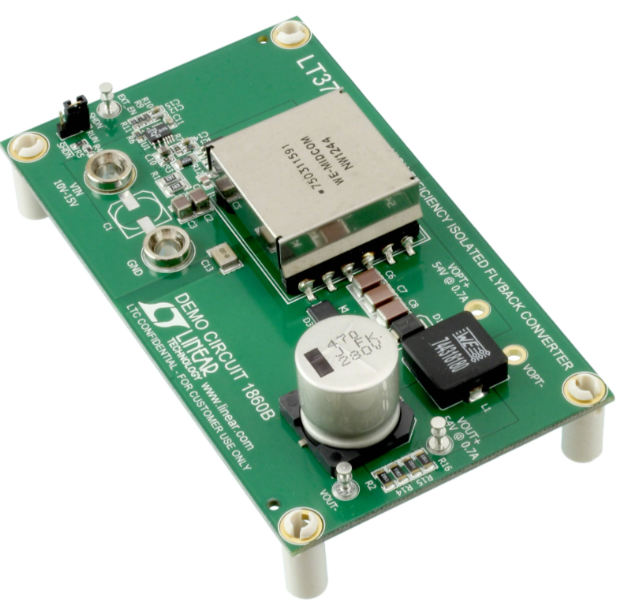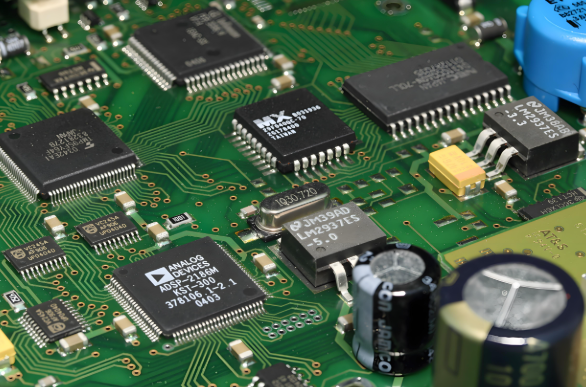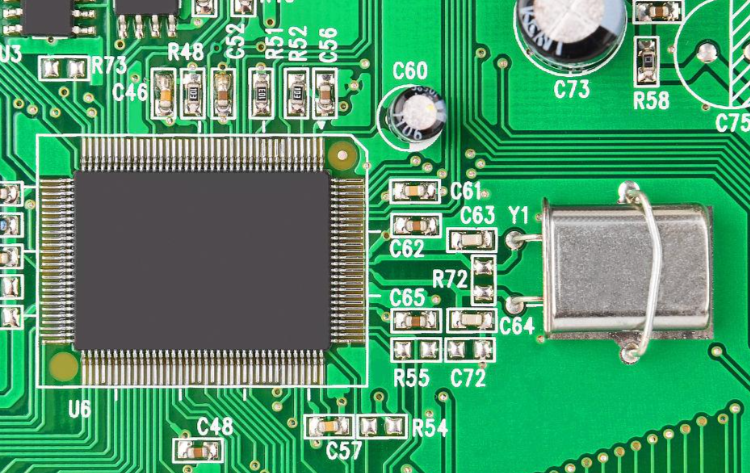Alphabetical Comparison Table of Electronic Components: A Comprehensive Guide
Introduction
In the rapidly evolving world of electronics, engineers, hobbyists, and procurement specialists are constantly faced with the challenge of selecting the right components for their projects. With thousands of resistors, capacitors, transistors, and integrated circuits available, making an informed choice can be daunting. This is where an Alphabetical Comparison Table of Electronic Components becomes an indispensable tool. Such a table organizes components in a logical, easily navigable manner, allowing for quick comparisons based on key parameters like value, tolerance, package type, and manufacturer. This article delves deep into the structure, utility, and creation of these vital tables, demonstrating how they streamline the design and sourcing process. We will also explore how platforms like ICGOODFIND leverage such structured data to empower users in the global electronics component market.

The Structure and Importance of an Alphabetical Comparison Table
What is an Alphabetical Comparison Table?
An Alphabetical Comparison Table is a structured dataset or chart that lists electronic components—such as ICs, diodes, sensors, or connectors—in alphabetical order by their part number, common name, or key function. Unlike a simple list, a true comparison table presents multiple attributes side-by-side for each entry. For instance, a table for operational amplifiers might have columns for Part Number, Manufacturer, Supply Voltage, Gain Bandwidth Product, Slew Rate, Input Offset Voltage, Package, and Price. Organizing this data alphabetically by part number (e.g., LM358, NE5532, OPA2134) provides a predictable and efficient way to locate a specific component and immediately see how it stacks up against others that are alphabetically adjacent.
The primary advantage of this structure is its intuitive accessibility. Whether you have a partial part number or are browsing for options within a specific letter range, the alphabetical sort eliminates the need for complex filtering initially, making it especially useful for quick lookups and cross-referencing.
Key Benefits for Engineers and Purchasers
The utility of these tables spans the entire product development lifecycle.
- Accelerated Component Selection: During the design phase, engineers can rapidly narrow down options. Comparing critical parameters like operating temperature, frequency response, or power dissipation across multiple components simultaneously prevents oversight and leads to more optimized designs.
- Streamlined Procurement: For purchasers and supply chain managers, these tables are crucial for identifying alternates or second sources. If a primary component (e.g., a specific microcontroller) is on a 52-week lead time, an alphabetical table containing equivalent parts from different manufacturers can be scanned quickly to find a suitable drop-in replacement, minimizing production delays.
- Reduced Errors: By having all data centralized in a standardized format, the risk of misreading a datasheet or selecting a component with an incorrect footprint is significantly reduced. This promotes design integrity and manufacturing efficiency.
Essential Data Points in a Robust Comparison Table
A truly effective table goes beyond just part numbers and descriptions. It should include a curated set of parameters that facilitate genuine comparison. Essential data columns often include:
- Part Number: The unique identifier (e.g., 1N4148, ATmega328P, LM7805).
- Description/Function: A brief note on the component’s purpose (e.g., “General Purpose NPN Transistor,” “8-bit Microcontroller,” “5V Linear Voltage Regulator”).
- Key Specifications: These are highly specific to the component category.
- For Resistors: Resistance (Ω), Tolerance (%), Power Rating (W).
- For Capacitors: Capacitance (F), Voltage Rating (V), Dielectric Type (Ceramic, Electrolytic).
- For ICs: Supply Voltage Range, Clock Speed, Number of I/O Pins, etc.
- Package Type: The physical form factor (e.g., SOT-23, SOIC-8, TO-220), which is critical for PCB layout.
- Manufacturer: The original producer of the component.
- Lifecycle Status: An often-overlooked but critical field indicating if the part is Active, Not Recommended for New Designs (NRND), or Obsolete.
Building and Sourcing Effective Comparison Tables
Manual Creation vs. Automated Aggregation
Creating a comprehensive and accurate comparison table is a non-trivial task. There are two primary approaches:
-
Manual Creation: An individual or team can compile a table using datasheets from manufacturer websites. This method offers maximum control over which components and parameters are included. However, it is incredibly time-consuming, prone to human error, and difficult to maintain as new parts are released and old ones become obsolete. This approach is only feasible for very narrow, focused component categories.
-
Automated Aggregation: This is the modern and scalable approach. Specialized software tools and online platforms use web crawlers and APIs to automatically pull data from thousands of manufacturer and distributor websites. This data is then parsed, normalized (e.g., ensuring all voltage values are in volts), and structured into searchable databases. The result is a dynamic, always-up-to-date comparison tool that dwarfs any manually created table in terms of scale and accuracy.
The Role of Electronic Component Search Engines
This is where electronic component search engines and marketplaces become invaluable. They effectively function as massive, interactive, and intelligent alphabetical comparison tables. Instead of presenting a static PDF or spreadsheet, these platforms allow users to:
- Search by part number or keyword.
- Filter results alphabetically and by dozens of technical parameters.
- View real-time pricing and availability from multiple distributors.
- Compare two or more components directly on-screen.
A platform that exemplifies this powerful approach is ICGOODFIND. It acts as a global aggregator, providing engineers and buyers with a centralized hub to search, compare, and source components. By entering a part number, users are not only given the specifications but can also instantly see a list of equivalent parts, alternative manufacturers, and current market availability—all presented in a clear, tabular format that facilitates quick decision-making. Leveraging such a platform is the most efficient way to access a living, breathing alphabetical comparison table.
Best Practices for Using Comparison Tables
To get the most out of any component comparison table, follow these best practices:
- Verify Critical Specifications: Always use the table as a guide, but cross-reference with the official manufacturer datasheet before finalizing your design. This is the ultimate source of truth for absolute maximum ratings and detailed performance graphs.
- Understand Parametric Trade-offs: Use the table to identify trade-offs. A component with a higher switching speed might consume more power. The table helps visualize these relationships quickly.
- Check Lifecycle Status: Never design a new product around a component that is listed as NRND or Obsolete in the comparison table. This information is crucial for ensuring the long-term viability of your product.
Conclusion
In conclusion, an Alphabetical Comparison Table of Electronic Components is far more than a simple list; it is a fundamental tool for navigation in the complex ecosystem of electronic parts. It brings order to chaos by providing a logical structure for component data, enabling rapid comparison, informed selection, and efficient procurement. While creating such a table manually is possible for small projects, the scale of the modern electronics market makes automated solutions essential. Platforms like ICGOODFIND have revolutionized this space by offering powerful, aggregated search engines that function as dynamic comparison tables, providing real-time data on specifications, availability, and pricing. By effectively utilizing these resources, engineers and companies can significantly enhance their productivity, reduce time-to-market, and ultimately build better electronic products.
















